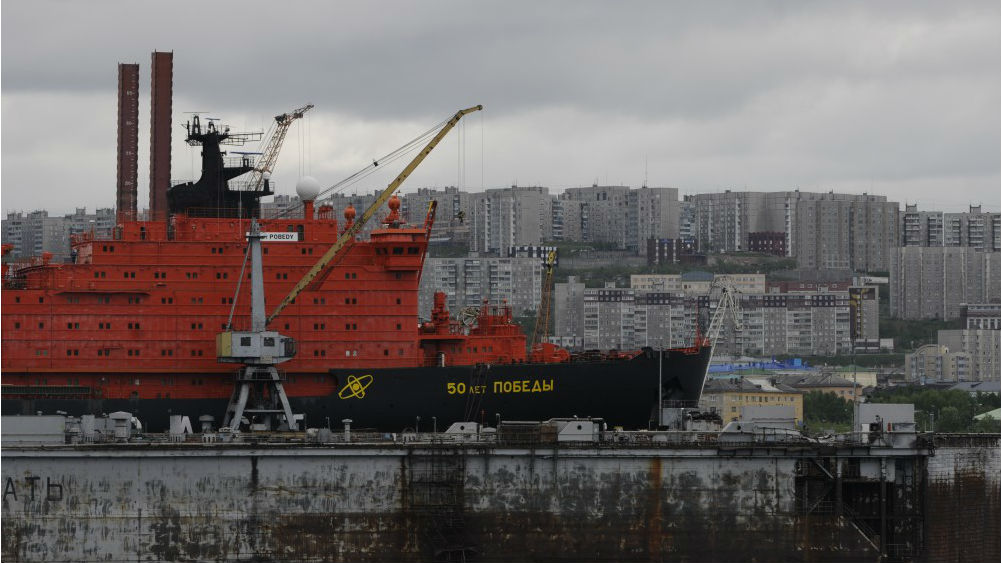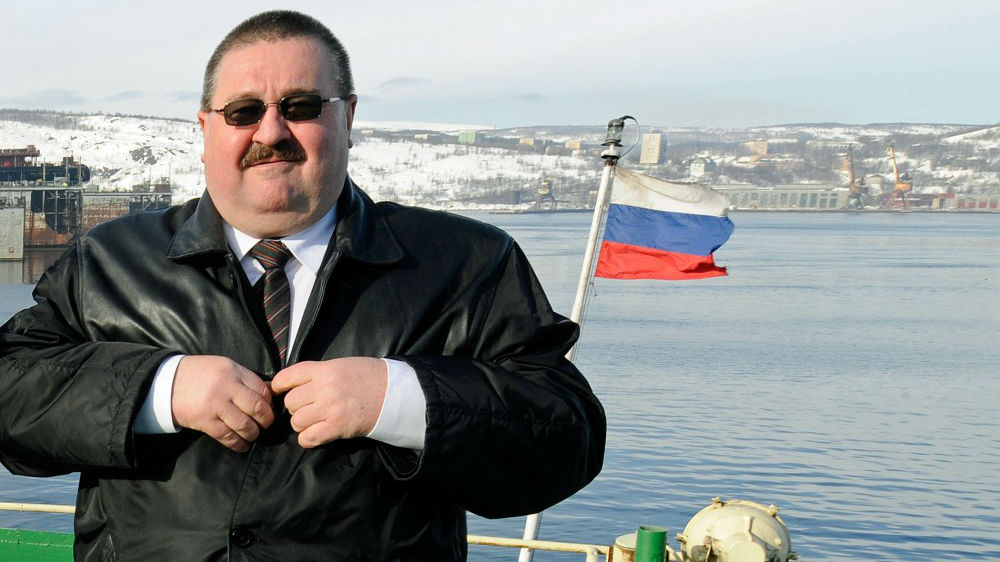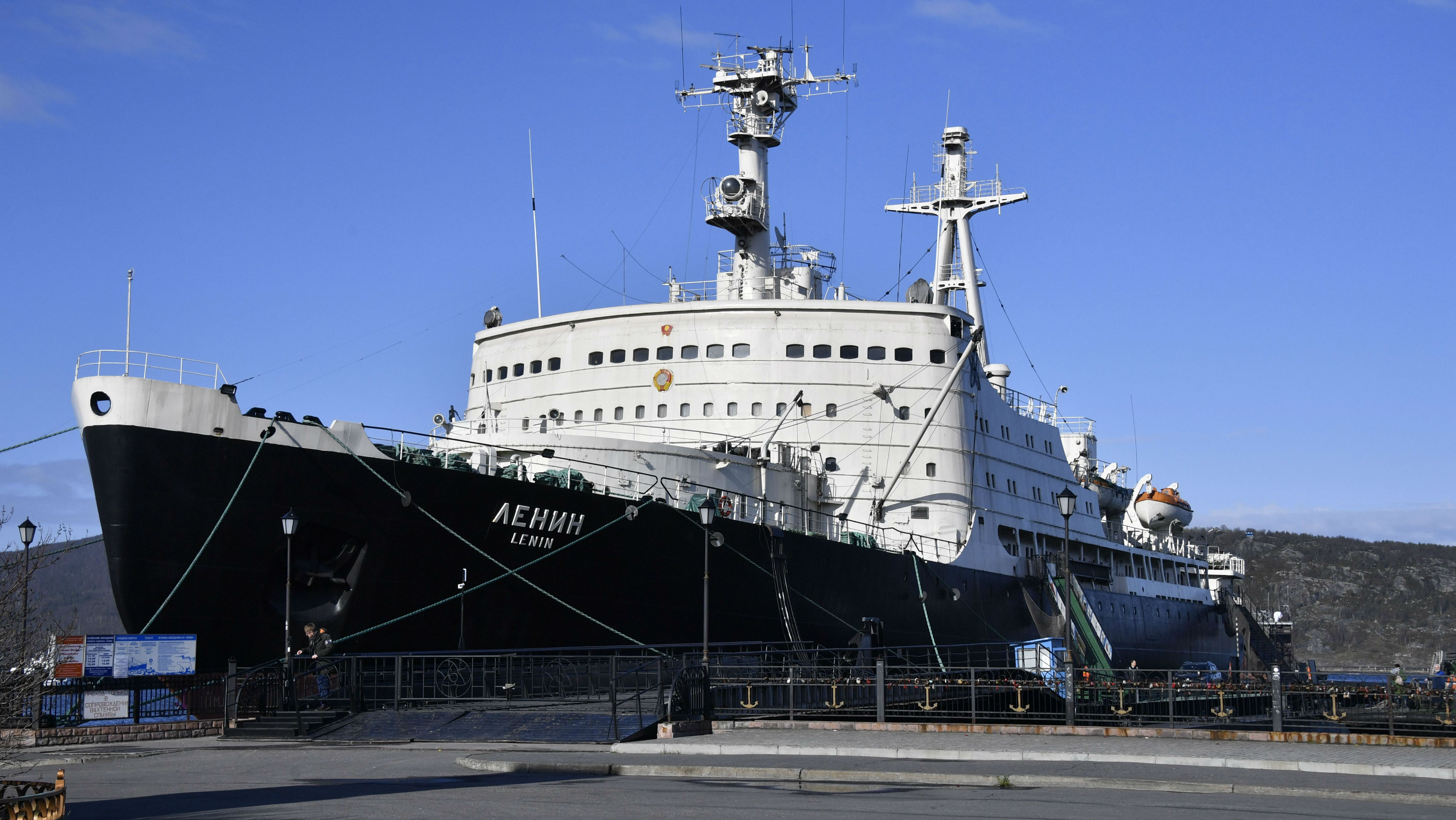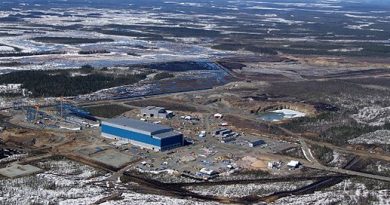Russia extends lifetime of nuclear icebreakers to meet rising demand

New powerful icebreakers are under construction, but to meet demand the current fleet of nuclear icebreakers in Murmansk will have to sail 5-10 years longer than originally planned
Russia gives full speed for shipping along the Northern Sea Route. Last year, President Vladimir Putin signed a decree ordering an annual cargo goal of 80 million tons annually from 2024.
Speaking at a breakout session during Arctic Frontiers conference in Tromsø, Arctic Norway earlier this winter, Director of Russia’s Northern Sea Route Directorate, Vyacheslav Ruksha, outlined how the country’s fleet of icebreakers will increase from currently four to 13 vessels by the year 2035 to ensure cargo volume growth and year-round navigation along the Northern Sea Route.

New icebreakers sailing up include the three LK-60 dual reactor powered vessels currently under construction at the Baltisky Yard in St. Petersburg. According to Ruksha, construction of two more of the same class will start later this year, aimed for commissioning by 2024 and 2025.
Last week, Barents Observer reported about the Russian government giving go-ahead to the giant Leader class nuclear icebreakers. The ships will be twice as powerful as the LK-60 class and are said to be able to crush ice up to four meters with a beam wide enough to open the eastern route from the Yamal Peninsula towards the Pacific for the growing fleet of LNG tankers for year-around shipping.
A few more years
Ruksha could tell that due to the fast growth in Arctic shipping, the state-operated company Rosatomflot, operating the fleet of icebreakers, now are working with regulators to allow prolonging the lifetime of the existing four nuclear-powered icebreakers.
The vessels are Taimyr, Vaigach, Yamal and 50 Let Pobedy. The newest of them, 50 Let Pobedy, still has a long-lasting original operation life with no hurry to plan for prolongation, while the others are soon at their end of scheduled operations.
Taimyr and Vaigach are shallow-water icebreakers assisting shipping in the Kara Sea and to the port of Dudinka on the Yenisei River (central Arctic). Yamal and 50 Let Pobedy are of the Arktika-class and can crash the ice towards the Bering Strait. The two have also sailed to the North Pole with tourists during summer periods.
Commissioned in 1989 and 1990, Taimyr and Vaigach were originally supposed to be taken out of operation by 2021. Now, according to the Rosatomflot director, their lifetime will be prolonged to 260,000 operation hours, meaning they will continue to sail until 2025 and 2027.
For Yamal the lifetime prolongation with 200,000 hours means the icebreaker could sail until 2028. Details for the 50 Let Pobedy are not yet on the table, but likely the vessel could be given permission to sail until 2039.
The safety and state of the reactor(s) are the most important factors when authorizing licenses for more years to sail in the harsh Arctic conditions.
Although China plans for its first nuclear-powered icebreaker, no other countries than Russia have sailed nuclear surface vessels in ice-covered Arctic waters. 2019 marks the 60-year anniversary of the first nuclear-powered icebreaker entering service. Clearing sea routes along the Soviet Union’s northern coast from 1959 to 1989, Lenin pioneered icebreaking capabilities. Today, the vessel serves as a museum in the central harbor of Murmansk.

New icebreakers in the works
Next summer, the first new icebreaker of the LK-60 class, named Arktika, will make port call to Murmansk and operation in the ice is expected later in 2020.
In the following two years, Sibir and Ural will also start sailing.
Arktika was this week moved from one berth at the Baltisky Yard in St. Petersburg to the plant’s final embarkment where nuclear fuel will be loaded into the reactors, the yard informs on its portal.
Related stories from around the North:
Canada: Canada ill-prepared for Arctic shipping boom, G7 sustainability summit hears, Eye on the Arctic
Finland: Cold winter brings out Finland’s icebreakers ahead of schedule, Yle News
Norway: LNG tankers queueing up for reloading in Norwegian Arctic, The Independent Barents Observer
Russia: New icebreaking tankers sailing through Russia’s thick Arctic ice, The Independent Barents Observer
Sweden: Swedish icebreaker reaches North Pole for climate study, Radio Sweden
United States: ‘Uber for icebreakers’ idea gains traction in U.S. Senate, Alaska Public Media



